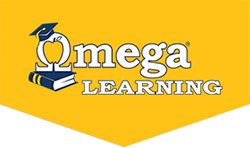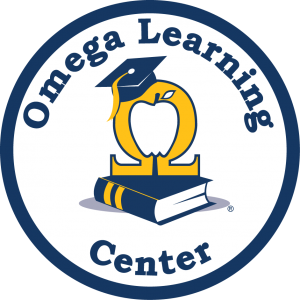Happy National Teacher Appreciation Day from Omega Learning® Center! In honor of National Teacher Appreciation Day, we want to thank all of our tutors at Omega Learning® Center! We appreciate their dedicating, hard-working, and loving support that helps make a difference in every child’s educational future. Here are the top 7 reasons why Omega Learning® tutors are special.
1. Omega tutors are teachers. Our tutors are qualified, motivated, and certified teachers who care about your student’s success.
2.Omega tutors are educated. Many Omega tutors have master’s degrees and special education degrees, and all must complete the Omega Certification Program.
3.Omega tutors produce results. Omega tutors achieve results using our AIM Tutoring System®. The average academic growth is 2.6 years after completing our program.
4.Omega tutors are local. Our tutors live and work in our community. They believe in the power of a strong education and its value for your child’s future.
5.Omega tutors are dynamic. Our tutors engage their students and use auditory, visual and tactile instructional methods to achieve lasting results.
6.Omega tutors are connected. Omega tutors communicate with hundreds of teachers daily directly with schools through our software system to help you achieve success.
7.Omega tutors believe in education. By providing opportunity for growth, building student confidence, and encouraging critical thinking skills, our Omega tutors help students achieve academic success.Omega Learning® Center offers Tutoring K-12 with certified teachers for every subject in school.
Find a center near you! http://OmegaLearning.com


